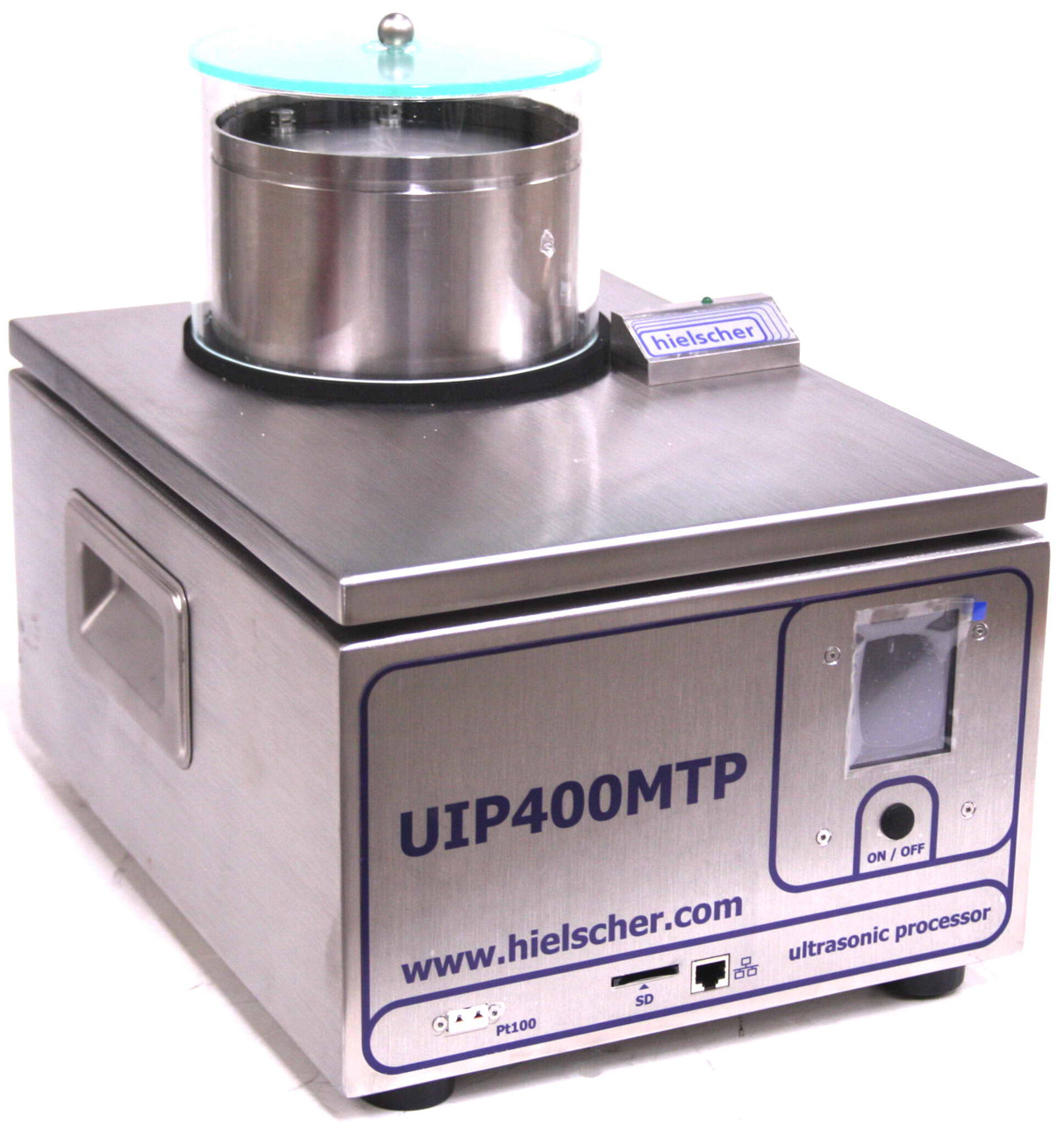
96 Well Plate Mixing and Shaking
Posted by Michael Hnatow on 2nd Dec 2023
How to get "True Homogenization" or great mixing in 96 Well Plates
Achieving homogeneous mixing in 96-well plates is crucial for accurate and reproducible results in various laboratory applications, particularly in fields like genomics, proteomics, and drug discovery. Proper mixing ensures uniform distribution of samples and reagents, minimizing variability between individual wells. The term "shaking" typically involves gentle oscillations, suitable for resuspending settled particles but may not achieve complete homogeneity, especially in multi-well formats where efficient mixing is challenging. "Vortex mixing," on the other hand, involves placing the plate on a vortex mixer, providing more vigorous agitation, often with adjustable speeds. While vortex mixing is effective, it might not ensure consistent mixing across all wells due to differences in liquid viscosity and sample volumes.
HiTechTrader would highly recommend the Hielscher Ultrasonics UIP400MPT
True homogenization involves a more sophisticated process, ensuring that samples are uniformly mixed at a molecular level. This is particularly critical when working with precious samples, where uneven mixing could lead to significant data discrepancies. Homogeneous mixing is vital for achieving reliable assay results, maintaining assay precision, and reducing the risk of false positives or negatives. Laboratories dealing with high-throughput screening, DNA analysis, or enzyme assays, for instance, greatly benefit from technologies that enable homogenization in 96-well plates, enhancing the accuracy and reliability of their scientific endeavors. Efficient homogenization methods contribute to the standardization of experimental conditions, supporting the reproducibility and comparability of results in multi-well plate experiments.

